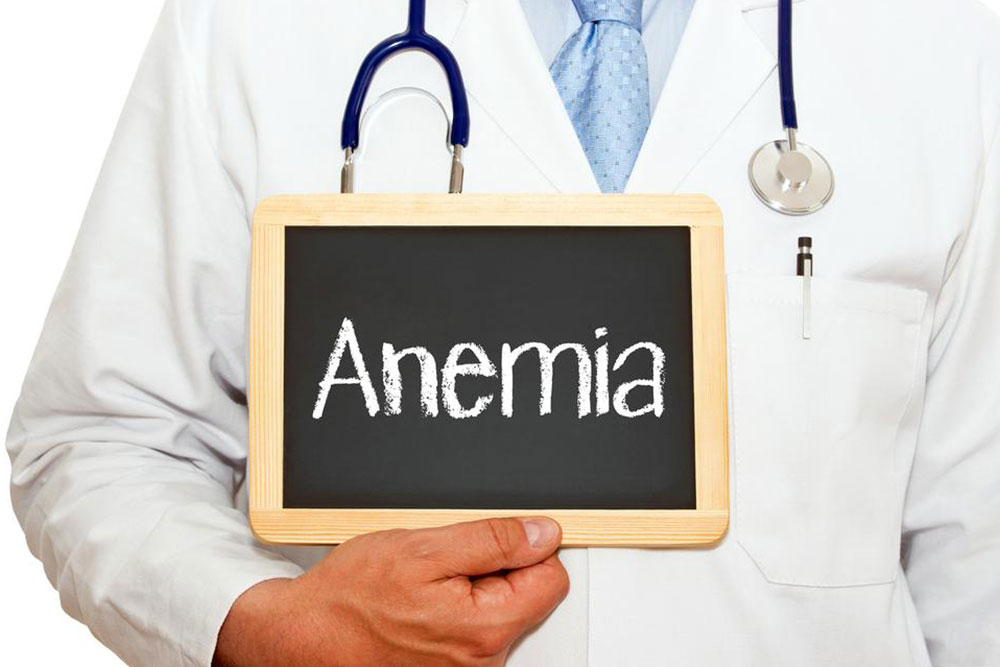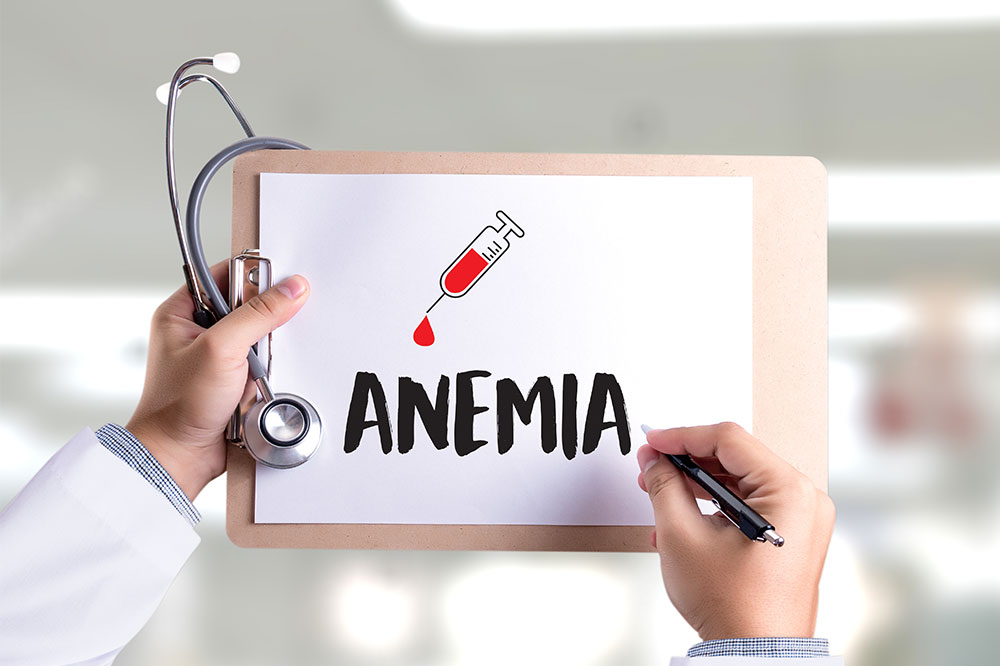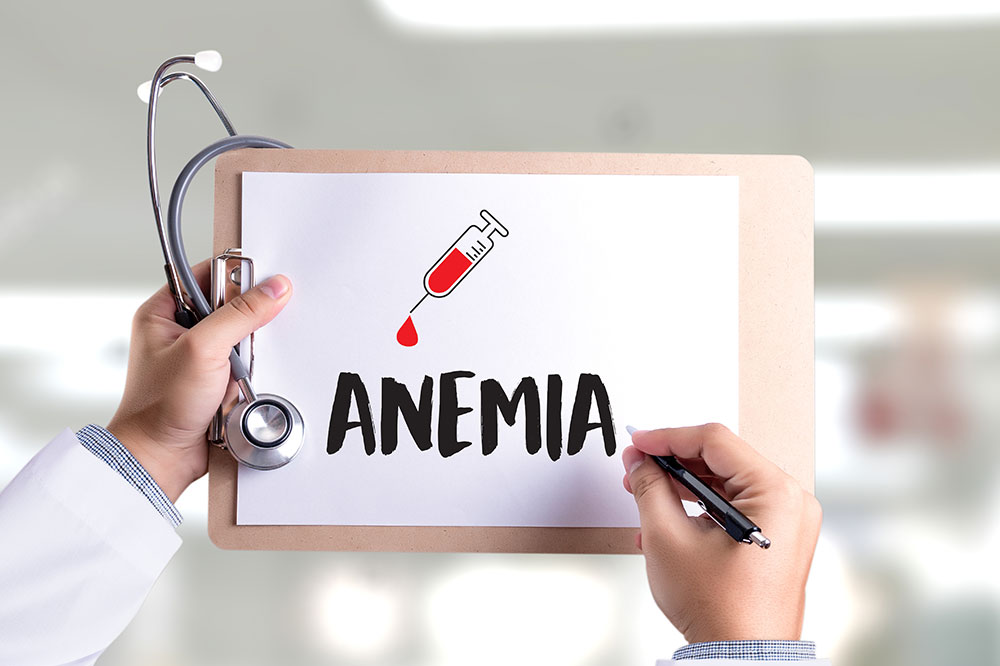Comprehensive Guide to Anemia: Understanding Its Causes, Symptoms, and Effective Prevention Strategies
Anemia, primarily caused by iron deficiency, affects millions worldwide. Recognizing its causes, symptoms, and prevention strategies is vital. This comprehensive guide covers dietary sources, risk factors, and when to seek medical help. Early detection and proper management can prevent severe health complications. It emphasizes the importance of balanced nutrition, routine health checks, and medical consultation for effective treatment. Understanding anemia enables individuals to take proactive steps toward maintaining optimal health, especially for vulnerable groups like pregnant women and children. Stay informed and safeguard your health against this common blood disorder.

Anemia remains one of the most common blood disorders affecting populations worldwide, particularly due to its widespread association with iron deficiency. This condition manifests when the body does not produce enough healthy red blood cells or hemoglobin, the oxygen-carrying component of blood. As a result, the body's tissues and organs may not receive sufficient oxygen to function properly, leading to a variety of health issues that can impact quality of life and overall well-being. Understanding anemia’s root causes, recognizing its symptoms early, and adopting effective prevention techniques are crucial steps toward maintaining optimal health.
Among various types of anemia, iron deficiency anemia constitutes the majority of cases globally. Iron is an essential mineral necessary for the synthesis of hemoglobin, the molecule within red blood cells responsible for oxygen transport. When iron levels are insufficient, the body cannot produce enough hemoglobin, resulting in decreased oxygen delivery to tissues and organs. This deficiency often stems from inadequate iron intake through diet, increased iron requirements during pregnancy or growth spurts, chronic blood loss through menstruation or gastrointestinal bleeding, or poor absorption due to specific health conditions.
Understanding the Causes of Anemia
Knowledge of anemia’s underlying causes is vital in tailoring effective treatment and preventive measures. The primary contributors include:
Dietary Deficiencies: Insufficient consumption of iron-rich foods such as lean meats, leafy greens, beans, and fortified cereals can lead to iron deficiency over time. Vegetarians and vegans may be at higher risk if they do not adequately plan their diet to include plant-based iron sources and vitamin C-rich foods that enhance iron absorption.
Blood Loss: Chronic blood loss from heavy menstrual periods, gastrointestinal conditions like ulcers, hemorrhoids, or cancers can deplete iron stores, resulting in anemia. Regular blood donations can also contribute to iron deficiency if not replenished adequately.
Increased Iron Requirements: Pregnant women, infants, children, and adolescents often need higher iron intake to support rapid growth and development. Failure to meet these increased needs can cause anemia.
Malabsorption Conditions: Diseases such as celiac disease, Crohn's disease, or surgery involving the stomach or intestines can impair the body’s ability to absorb iron and other nutrients necessary for producing healthy red blood cells.
Recognizing the Symptoms of Anemia
Early detection of anemia is critical to prevent its potential complications. The symptoms can be subtle initially but tend to worsen if left untreated. Common signs to watch out for include:
Pallor: Unusual paleness of the skin, especially in the face, inner eyelids, or nails.
Fatigue: Persistent tiredness and lack of energy despite adequate rest.
Shortness of Breath: Feeling breathless during everyday activities or exertion.
Rapid Heartbeat: Noticeably increased heart rate as the body compensates for reduced oxygen levels.
Cold Extremities: Hands and feet feeling cold or numb.
Cravings: An unusual desire to eat non-food items such as ice, dirt, or starch, known as pica.
Others: Dizziness, headache, difficulty concentrating, pale complexion, and weakness.
Prevention and Management of Anemia
Prevention is the most effective strategy to combat anemia. A well-balanced diet rich in iron is essential, along with other nutrients that facilitate iron absorption like vitamin C. Including foods such as red meat, poultry, fish, leafy greens, beans, nuts, dried fruits, and iron-fortified cereals can significantly boost iron levels. Consuming vitamin C-rich foods like oranges, strawberries, bell peppers, and tomatoes alongside iron sources enhances absorption, especially from plant-based foods.
Monitoring iron levels through routine blood tests allows timely intervention. For individuals at risk, healthcare providers may recommend iron supplements, which should be taken under supervision to avoid overdose and side effects. Pregnant women, vegetarians, and those with chronic health conditions require particular attention to their iron intake.
Avoiding factors that cause blood loss, such as managing gastrointestinal bleeding or menstrual health, is vital. In addition, addressing underlying health conditions that impair nutrient absorption is crucial for effective prevention.
Medical Treatments and When to See a Healthcare Professional
Relaxed self-medication can sometimes delay diagnosis and treatment, so consulting a healthcare practitioner is recommended when symptoms appear or if there is a known risk factor. Blood tests, including complete blood count (CBC) and serum ferritin levels, help determine the severity and type of anemia.
Treatment plans may include dietary counseling, iron supplements, vitamin B12 or folate supplements if deficiencies are identified, or managing underlying causes such as gastrointestinal bleeding. Severe cases might necessitate blood transfusions or more advanced interventions.
Early intervention not only alleviates symptoms but also prevents severe complications like heart problems, developmental delays in children, or chronic fatigue. Ensuring regular health check-ups and adopting a proactive approach toward nutrition and overall health are key to preventing anemia and maintaining optimal well-being.
In summary, anemia is a manageable condition with proper awareness, diet, and medical care. Understanding its causes and symptoms empowers individuals to seek early treatment and implement effective prevention strategies, ultimately improving quality of life and health outcomes.





